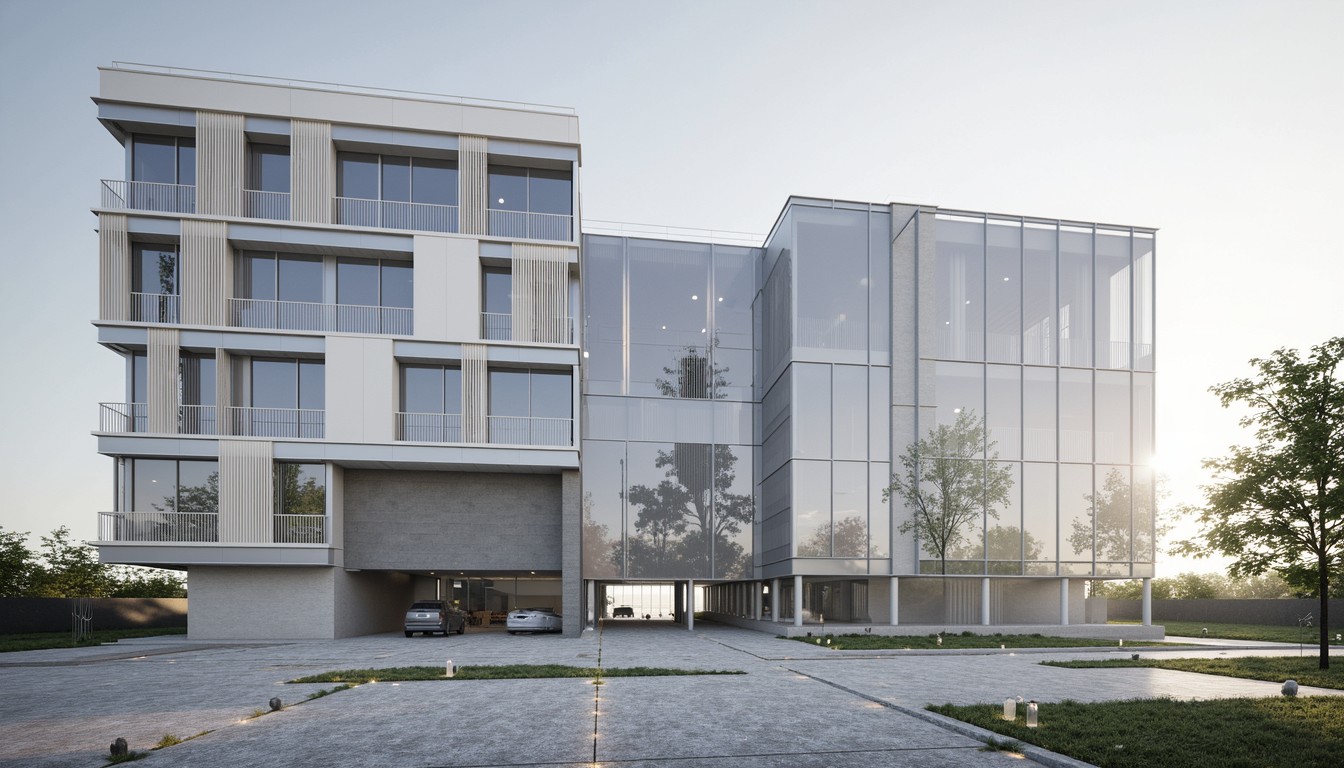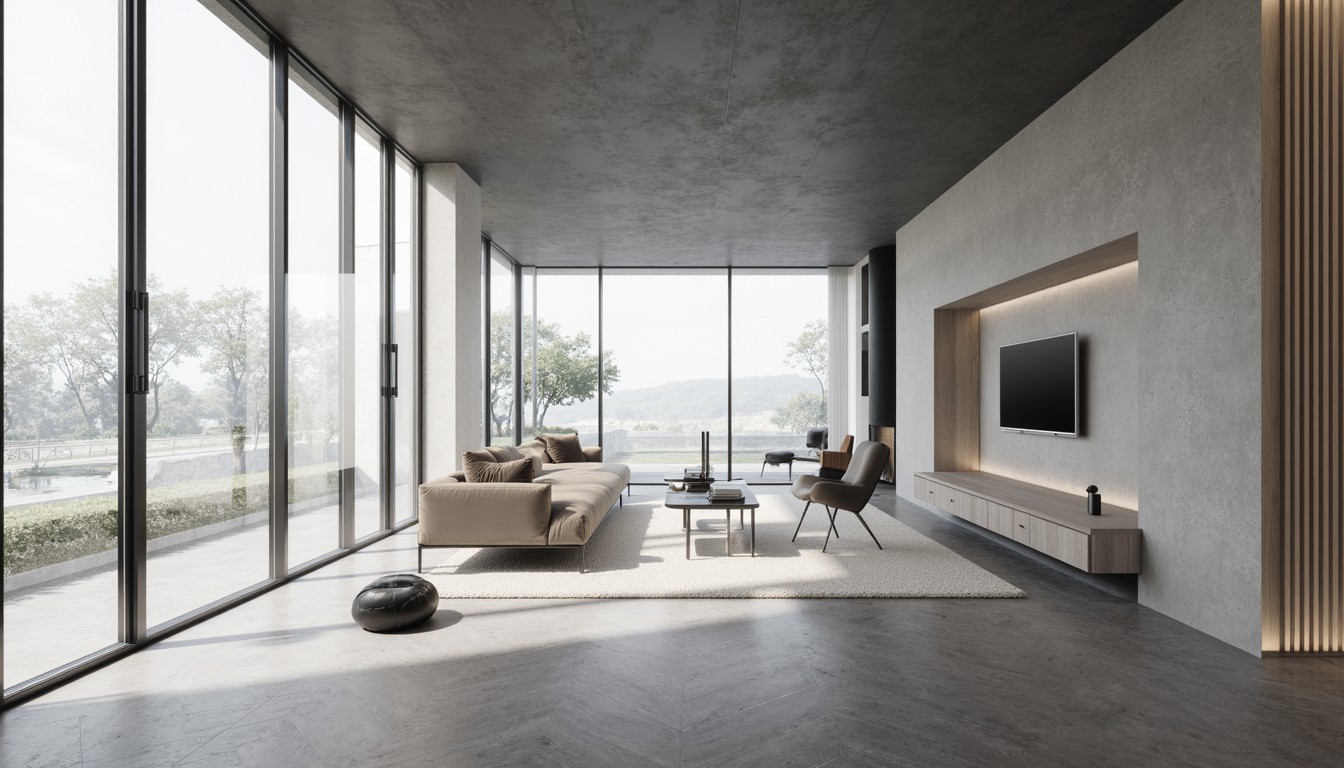Digital Transformation: Reshaping the Future of Architecture
The architecture industry is undergoing a profound digital transformation, driven by advancements in technology and a growing demand for efficiency and innovation. From the initial conceptualization to the final construction, digital tools are reshaping every stage of the architectural process, leading to more sustainable, cost-effective, and aesthetically pleasing designs. This article explores the key aspects of this digital revolution and how ArchNav is at the forefront, leveraging these advancements to deliver exceptional architectural visualization services.
The Rise of Building Information Modeling (BIM)

Building Information Modeling (BIM) is arguably the most significant driver of digital transformation in architecture. BIM is a process involving the generation and management of digital representations of physical and functional characteristics of places. This intelligent 3D model goes far beyond traditional CAD drawings, incorporating data-rich information about every aspect of a building, including materials, systems, and spatial relationships. This allows architects, engineers, and contractors to collaborate seamlessly, identify potential clashes early on, and optimize the design for efficiency and sustainability. BIM facilitates better cost estimation, improved project scheduling, and reduced construction errors, ultimately leading to significant time and cost savings.
Real-World Applications of BIM:
- Clash Detection: BIM software can identify conflicts between different building systems (e.g., MEP clashes), preventing costly rework during construction.
- 4D BIM (Scheduling): Integrating project schedules with the BIM model allows for better visualization and management of construction timelines.
- 5D BIM (Cost Estimation): Linking the BIM model with cost data allows for more accurate and detailed cost estimations.
- Sustainable Design: BIM facilitates the analysis of energy efficiency, material selection, and environmental impact, promoting sustainable building practices.
Virtual Reality (VR) and Augmented Reality (AR) in Architectural Design
Virtual and Augmented Reality technologies are revolutionizing how architects present and experience their designs. VR allows clients and stakeholders to immerse themselves in a realistic virtual representation of the building, experiencing the space as if it were already built. This fosters better communication, facilitates design review, and enables early identification of potential issues. AR overlays digital information onto the real world, allowing architects to visualize designs on-site, improving design decision-making and facilitating construction coordination.
Practical Applications of VR/AR:
- Client Presentations: VR offers compelling and interactive presentations, enhancing client understanding and engagement.
- Design Reviews: VR allows for collaborative design reviews, facilitating efficient feedback and iteration.
- Construction Visualization: AR can overlay digital models onto the actual construction site, aiding in construction sequencing and coordination.
- Space Planning and Design Exploration: VR allows architects to explore different design options and spatial configurations in an immersive environment.
The Role of Artificial Intelligence (AI) in Architecture

Artificial intelligence is emerging as a powerful tool in architectural design, offering capabilities for automated design generation, predictive analysis, and optimization. AI algorithms can analyze large datasets of building information, identifying patterns and trends to inform design decisions. AI can also automate repetitive tasks, freeing up architects to focus on more creative aspects of the design process. This includes generative design, which uses AI to explore a vast range of design possibilities based on specified parameters.
AI Applications in Architecture:
- Generative Design: AI algorithms explore numerous design options based on defined constraints and objectives.
- Predictive Analysis: AI can predict building performance, energy consumption, and structural behavior.
- Automation of Repetitive Tasks: AI can automate tasks like drafting and documentation, improving efficiency.
- Data Analysis and Insights: AI can analyze large datasets to identify design trends and inform decision-making.
The Importance of Data Management and Collaboration
The digital transformation in architecture necessitates robust data management and seamless collaboration among stakeholders. Cloud-based platforms facilitate efficient data sharing and collaboration, enabling real-time access to project information. This ensures consistency, reduces errors, and enhances overall project efficiency. Effective data management is crucial for maintaining the integrity and usability of the BIM model and other digital assets.
ArchNav: Leading the Way in Architectural Visualization

ArchNav is a leading architectural visualization company embracing the digital transformation. We leverage the latest technologies, including BIM, VR, AR, and AI, to deliver high-quality, data-rich visualizations that empower architects and clients to make informed design decisions. Our expertise in these technologies enables us to create stunning visuals that effectively communicate the vision and potential of architectural projects. We understand the importance of seamless collaboration and data management, ensuring our clients receive the best possible service and results. Contact us today to learn how ArchNav can help you harness the power of digital transformation for your next project.
Conclusion
The digital transformation is fundamentally reshaping the architecture industry, offering unprecedented opportunities for innovation, efficiency, and sustainability. By embracing these advancements, architects can create better designs, improve collaboration, and deliver projects more effectively. ArchNav is committed to staying at the forefront of this evolution, providing our clients with the cutting-edge visualization services they need to succeed in this rapidly changing landscape.
